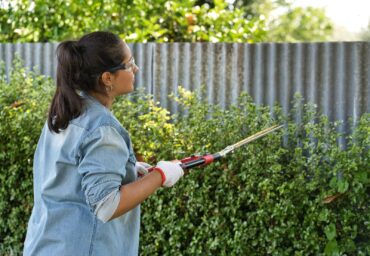 Not every homeowner has a privacy fence. At some point, though, you’ve likely wished you did. Standard plank or timber fences can look garish and out of place. Brick and steel are tough, but expensive.
Not every homeowner has a privacy fence. At some point, though, you’ve likely wished you did. Standard plank or timber fences can look garish and out of place. Brick and steel are tough, but expensive.
Is there an optimum solution?
Indeed, there is. Plants and bushes make perfect additions to privacy fences and screens. The dense foliage creates natural barriers and lovely views. Plus, living walls and fences help preserve the natural beauty of a property.
When using native zone 8 plants, these fences can accentuate the surrounding nature. Some provide food and shelter for native animals. Others add brilliant splashes of color that set a property apart.
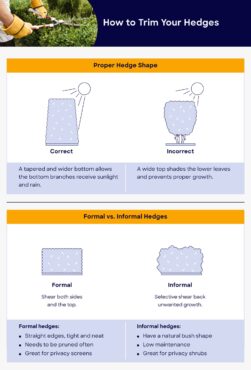
Most importantly, there is no right way to create a living barrier. There is plenty of customizability when adding plants and shrubs to a fence. From growing sunflowers through chain links, to full topiary hedgerows, the sky is often, literally, the limit.
Taking the above into consideration, here are three of the most popular ways to incorporate plants into your privacy fence.
Using Existing Natural Barriers
Properties with treelines or existing shrubs can take advantage of these natural privacy fences. By planting other plants against the existing trees and shrubs, gaps between trunks and boughs vanish. The result is a natural privacy barrier that keeps out unwanted eyes and ears.
Depending on the plants used, these barriers can serve many functions, from decorative to complete privacy.
For example, encourage more skip laurels to join the trees on your property. Skip laurels thrive in the 8b hardiness zone, taking well to full sun and partial shade. They provide bushy foliage close to the ground. Their dense, verdant screens dot with white flowers every year. Plus, they are deer-proof, deterring the critters who enjoy munching on many common garden plants.
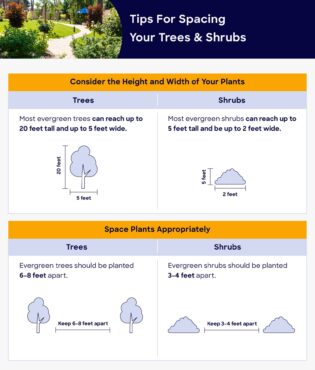
Skip laurels can grow up to 15 feet tall, and they’re typically half as wide at full size. With that said, they are easy to trim and maintain. You’ll enjoy a year-round and unobtrusive natural barrier with complimentary evergreen bushes.
Trees aren’t the only native plants to incorporate into your barriers. Holly is another screening evergreen that can grow up to 25 feet tall, or you can control and keep it as a managed shrub. Holly can fill in gaps within existing tree lines. And its berries are good food sources for birds.
Potted Shrubs for a Potted Fence
Properties that lack trees or vegetation can still use plants for privacy. Organize potted shrubs and broadleaf evergreens to suit any need. When trimmed and maintained, they form a complete screen of privacy.
Other advantages of potted shrub fencing include:
- Modular design: Easy to rearrange and realign barriers.
- Customizable: Shrubs offer prunable natural barriers that can fit stylistic needs. Or, let them grow naturally with minimal maintenance.
- Easier to manage: Potted shrubs often come pre-potted, saving time and money in establishing a privacy barrier.
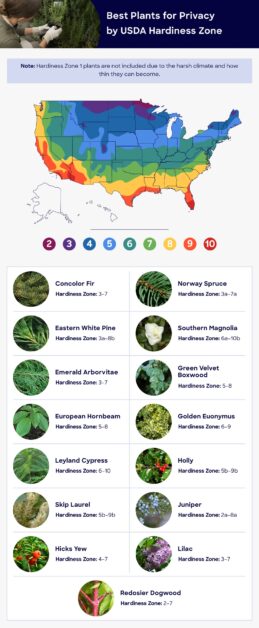
Golden euonymus is a low-growing evergreen shrub. It features beautiful golden edges on its green leaves. It’s also expertly suited to growing in almost any condition, from full sun to full shade. In Washington, it’s the preferred ground-cover alternative to the invasive yellow archangel weed.
It also makes a great potted shrub. Capable of growing up to 10 feet tall, golden eyo simple to manage with routine pruning. Because its foliage starts close to the ground, golden euonymus makes a great privacy screen from the beginning.
Potted shrubs can also add personalized touches to your privacy barriers. From favorite fragrant shrubs to those that thrive specifically in sun or shade, potted shrubs provide total control. You can rotate your potted shrubs accordingly, bringing in various bursts of seasonal color throughout the year.
Screening vs. Fencing, or Screening and Fencing?
Often, the best privacy fence will involve a combination of trees, shrubs and actual fencing. Rustic fences co-grown with your favorite plants create attractive, living walls. When combined with an entwined treeline or potted shrubs, the property creates a comprehensive natural barrier.
For some properties, it’s necessary to blend various privacy features. Even though Western Washington is on the wet side of the Cascades, West Coast fire danger has risen considerably in the past decade. Planting trees, shrubs or other vegetation close to the house is thus a reason for pause. Brick or metal fencing provide safer alternatives. However, these barriers destroy the beauty of the surrounding nature, and such projects are expensive.
Alternatively, fire-resistant Washington tree species can create potential fire barriers across a property, primarily when used with other wildfire best practices. Barrier shrubs such as red osier dogwood and raspberry bushes are also resistant to fire. They provide striking woody barriers even when they lose their foliage.
Combining fencing and plants allows you to focus on privacy and appearance. Dense trees and high shrubs will keep out all unwelcomed eyes. They also block your view of spaces beyond the property.
To some, this is ideal. Others prefer to mix natural growth with potted shrubs or even fences. Such a method allows properties to maintain neighborly relations alongside privacy.
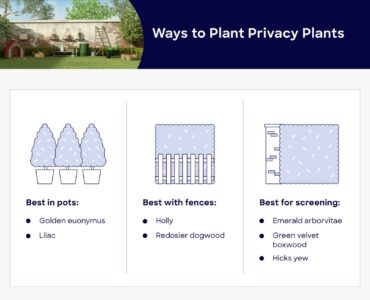
Final Thoughts
Incorporating plants, trees and shrubs into privacy screening is a great, green way to create property barriers. There is no “one-size-fits-all” approach for property privacy. However, following the essential guidelines helps you maximize your privacy goals.
Focus on a natural look by incorporating existing trees and bushes into a barrier. Plant other shrubs and trees to create a full, nature-based barrier. For more customization, potted shrubs make modular barriers that can shift with the seasons.
Lastly, many homeowners realize the need to incorporate different styles of privacy screens. Dense shrubs in front provide privacy, but a simple fence between property lines enhances neighborhood camaraderie.
Not every fence shuts people out. Some keep those pesky deer out of the begonias. Others simply provide a great rustic feature against the gorgeous backdrop of the Cascades or Puget Sound. Whatever the reason, plants and bushes make excellent additions to any new or existing privacy screen.




























